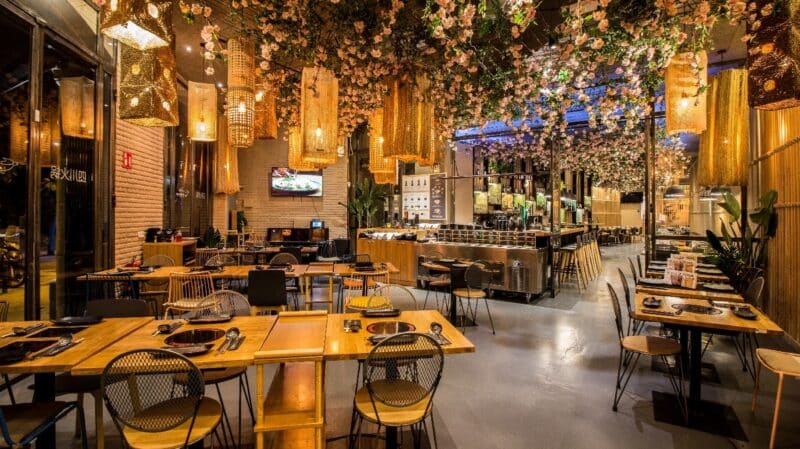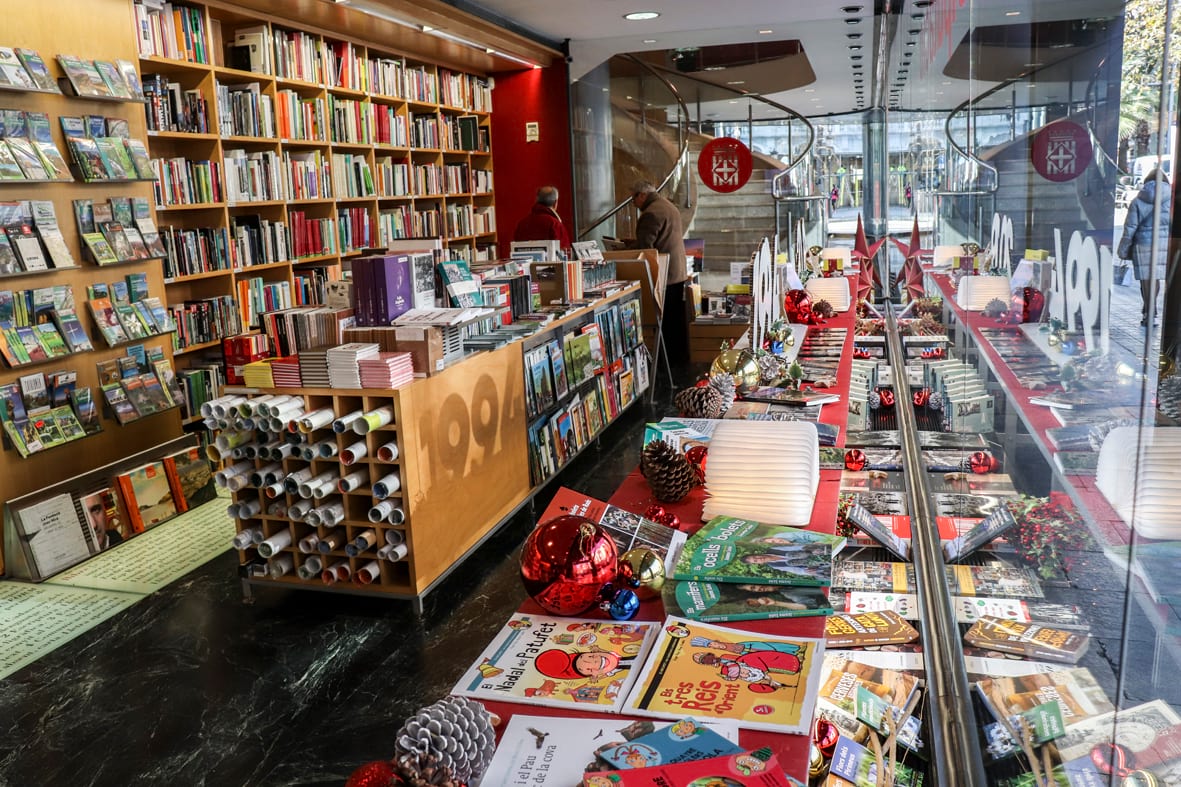Barcelona, a city of charm and multiculturalism, has always had an unparalleled appeal. However, the Mediterranean city, like many others, is facing the loss of some of its most emblematic spaces. On this occasion, what seems to be an indefinite goodbye has left citizens and visitors with a sense of nostalgia and curiosity about the future of these iconic places that were once the epicenter of local life.
 The decline of an era
The decline of an era
In the heart of Barcelona, several historic premises have closed their doors, and although it is not the first time this has happened, each closure represents for many an end of an era. Over the years, the streets of “Barna” have witnessed the birth and consolidation of businesses that offered tradition, culture and a piece of the city’s history. With the gradual closure of these places, not only are meeting points lost, but also fragments of Barcelona’s identity.
The reasons behind these closures are varied. Economically, pressure on consistently high rents and fierce competition from mass tourism play an important role. In addition, other factors such as changes in consumer trends and, of course, the effects of the pandemic that has hit the service sector hard cannot be overlooked.
Public reaction
Barcelonians have been quick to express their discontent and melancholy at the news of the closure of these places. Many grew up with them, witnessing how their parents and grandparents told them stories of times gone by in these establishments. The emotional connection is strong, and the news of the closure resonates not only with locals, but also with regular tourists who have made the city their second home.
Social media platforms have been filled with tributes and personal stories that reflect the affection and esteem for these places. Some have driven support campaigns to prevent these closures, although the result in many cases has been inevitable. The loss is not only economic, but a *cultural wound* that is felt in the vibrant soul of Barcelona.
What’s on the horizon?
Against this backdrop, many questions arise. What will happen to the spaces left behind by these iconic businesses? Some possible projects to revitalize these areas are on the table, although finding replacements truly compatible with the spirit of what was is a colossal challenge.
An emerging trend is businesses that seek to keep alive the essence of previous venues, adapting to the new needs of the 21st century. This could include traditional elements fused with innovative and sustainable approaches, a very Barcelona-style combination.
It will certainly be interesting to see how the city adapts and what new opportunities present themselves for both entrepreneurs and the local community. Moreover, the hope is that Barcelonans will find ways to continue to preserve their cultural heritage, even if that means changing some adaptations to the new realities.
Keeping the memory alive
Despite the closure of these emblematic spaces, the memory and legacy of each of these places lives on. Whether through photographs, shared memories or narratives passed down from generation to generation, these businesses live on in some form. Locals and tourists embark on a collective mission to ensure that, though the landscape changes, the spirit of Barcelona remains intact.
The community reflects on the importance of valuing and protecting those spaces and businesses that define the unique character of the city. The commitment of new generations will play a crucial role in this process of safeguarding the soul of Barcelona.
In conclusion, while the closure of these venues may seem like a devastating blow to lovers of the city, there remains hope in initiatives that seek to immortalize their legacies. The essence of Barcelona has always been one of transformation and resilience, something its inhabitants and admirers can be proud of as they look to the future.



